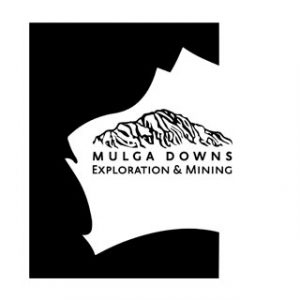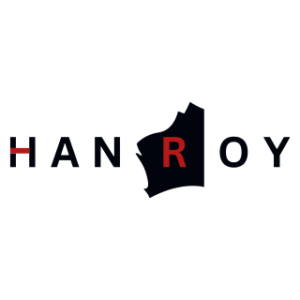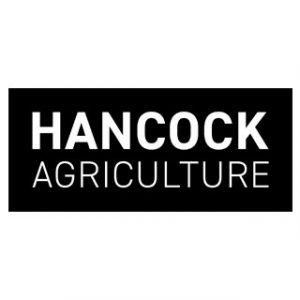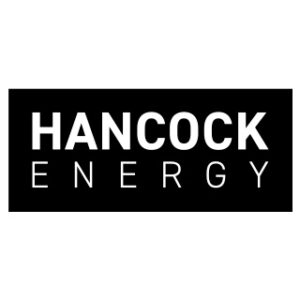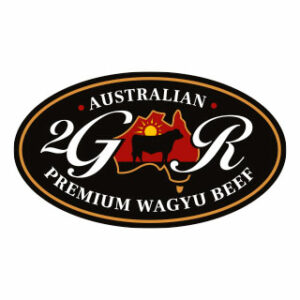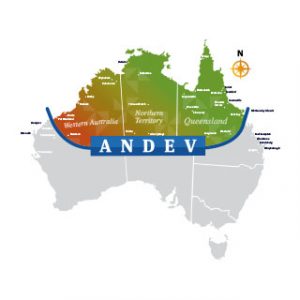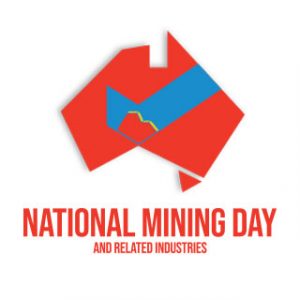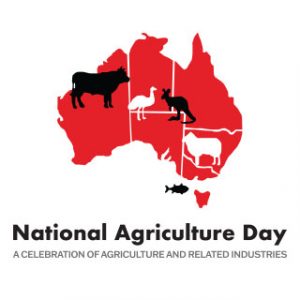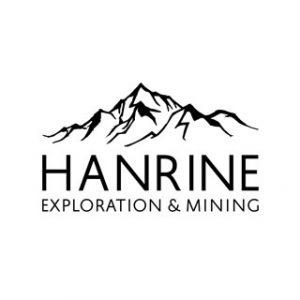
Article by Michael Pickering, courtesy of The Daily Mail.
Australia’s richest person Gina Rinehart has once again ripped into government bureaucracy as endangering the living standards of Australians, despite the approval of her newest iron ore mine.
On Wednesday Ms Rinehart’s Hancock Prospecting confirmed the federal government had given the final green light to its $600million McPhee project, north of its massive Roy Hill operation near Nullagine in WA’s remote Pilbara region.
The mine is expected to produce about 10 million tonnes of ore annually from the 2025-26 financial year.
The project was first referred for environmental approval in early 2021 and originally expected to open in 2023, but Hancock Prospecting’s projects chief executive Sanjiv Manchanda said the proposal experienced a ‘multitude of challenges’ and had been bogged down by changes to heritage legislation and federal environment guidelines.
The delay prompted Ms Rinehart’s ire about ‘government tape’, which she warned will stymie investment and compromise living standards.
‘Mines aren’t like wool that grow each year, they must be studied, invested in and developed if we want to be able to maintain living standards,’ she said.
‘This is serious if we keep bringing in policies and adding government tape that keep attacking the mining golden geese, making projects more expensive and uncertain, there are other countries that have iron ore and other minerals.
‘Investment will continue to move offshore as we continue to see record business closures, upsetting many families, and falling standards of living affecting Australians across our country, six consecutive quarters so far.
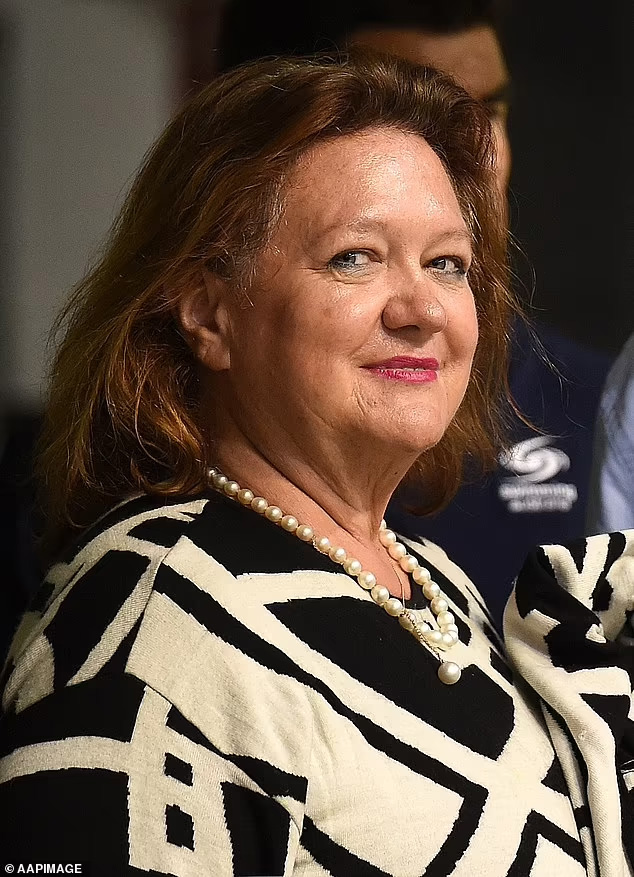
‘In my view, it’s important that we make investment and projects more welcome, and continue receiving the benefits of the mining industry and those businesses that they support.’
In the year to June 30, 2023, Hancock made a $5.04billion net profit from $13.2b revenue, compared with a $5.8b net profit and $14.6b revenue in 2022.
The result represented the biggest profit in Australia for a locally owned private company during that financial year.
Ms Rinehart herself is estimated to be worth $46 billion.
Her ‘golden geese’ comments about the mining industry come as Anthony Albanese’s government struggles to realise its election pledge to establish a new agency, Environment Protection Australia, that would be able to impose stiff penalties on companies caught breaking environmental laws.
Environment Minister Tanya Plibersek is in talks with the Coalition, Greens and crossbenchers about the proposed body but the demand by the Greens for a ‘climate trigger’ to allow the agency to reject fossil fuel or industrial projects adversely contributing to climate change has complicated the legislation.
Mining companies and industry groups fear the agency’s role will further delay projects, inflate costs and deter new investment.
By contrast, the ALP claims the agency would cut green tape by providing companies with prompt, clear advice to help streamline the environmental approvals process.
Ms Plibersek said she will not incorporate ‘Greens election policy’ in the government’s bill.
Western Australia’s Pilbara region supplied the world with 38 per cent of its iron ore last year, and two thirds of China’s iron ore came from there.
But there are now dire warnings about the price importers will pay for Australian iron ore in the next couple of years after the bursting of China’s property bubble.
AMP deputy chief economist Diana Mousina recently told Daily Mail Australia that iron ore prices could fall further if Chinese investors on the share market became nervous, with poorer risk sentiment affecting key commodity prices.
‘I do think that there is a downside risk to iron ore prices but to get price to fall to $60 a tonne, you’d need to see a much further weakening in the Chinese economy,’ Ms Mousina said.



